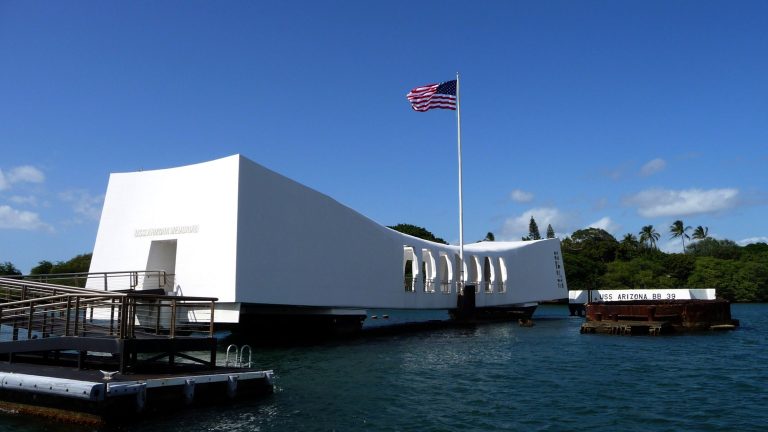Hawaii
Art, History & Archaeology Sites & Museums
Archaeology & History Sites in Hawaii
Pearl Harbor National Memorial
In December 1941, the Japanese military attacked the U.S. Naval Base at Pearl Harbor, bringing the U.S. into the Second World War. Several distinct memorials, collectively known as the Pearl Harbor National Memorial, help to commemorate this momentous and tragic event in U.S. history. It includes memorials to the USS Arizona, USS Utah, and USS Oklahoma, all ships lost in the attack. Also part of the park is the Pearl Harbor Aviation Museum.

Museums & Art Galleries in Hawaii
Shangri La Museum of Islamic Art, Culture and Design
Housed in the mansion of the tobacco heiress and philanthropist Doris Duke, the Shangri La Museum displays a wealth of artworks from Muslim-dominant countries. Duke amassed the collection during her lifetime, and after her death organised for it to be opened to the public. Among the museum’s artworks are tiles, ceramic vessels, paintings, and carpets, produced across various parts of Africa and Asia. Access is restricted to tours booked in advance.



